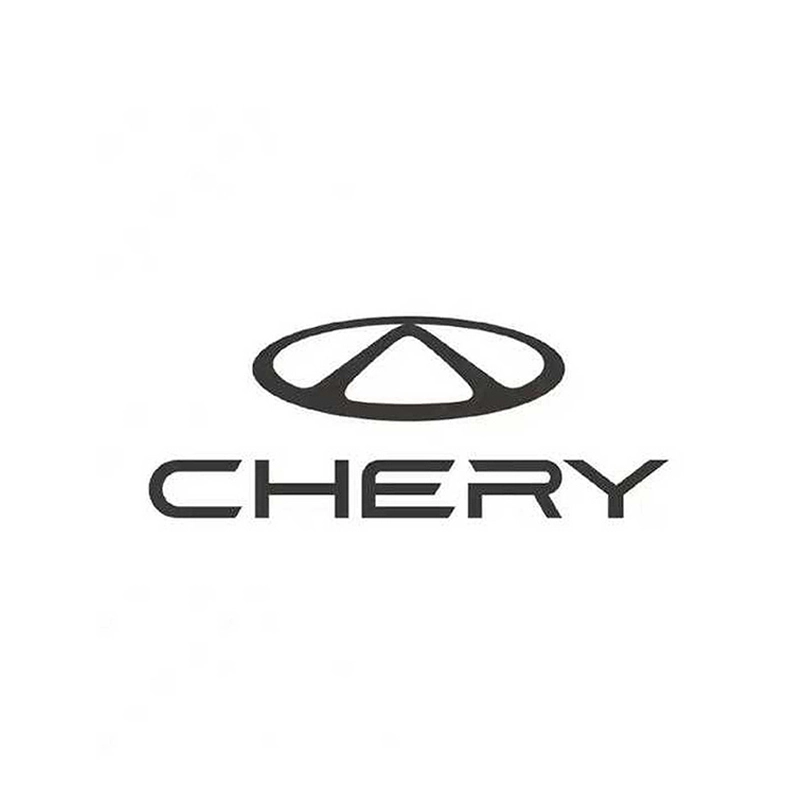

In 2025, Chery has emerged as the top-selling foreign car brand in Russia, capitalizing on the void left by Western automakers exiting due to sanctions. With a quadrupled revenue in 2023 and a robust presence in Russian manufacturing plants, Chery has solidified its leadership in a market increasingly dominated by Chinese brands. Alongside competitors like Geely and Haval, Chery's affordable pricing, strong sales, and strategic use of existing infrastructure have reshaped Russia's automotive landscape.
The Russian car market has undergone a dramatic shift in recent years, with Chinese automakers like Chery filling the gap left by Western brands such as Volkswagen and Mercedes. Sanctions have driven these companies to sell their assets and exit, creating opportunities for Chinese manufacturers to thrive. Chery's ability to leverage local production facilities, offer competitive pricing, and meet consumer demand has made it a dominant force in 2025. Let's dive into the key factors behind Chery's success and the broader rise of Chinese brands in Russia.
The departure of Western automakers from Russia created a significant market opportunity, and Chery was quick to seize it.
When Western brands like Volkswagen and Mercedes exited Russia due to sanctions, they left behind a substantial gap in the automotive market. Chery swiftly stepped in, offering a wide range of vehicles that cater to Russian consumers' needs. This strategic move allowed Chery to capture market share and establish itself as a leading brand in a short time.
Chery's diverse lineup, including SUVs and sedans, appeals to Russian drivers seeking reliable and affordable alternatives to Western cars. By addressing the demand for quality vehicles at lower price points, Chery has built a loyal customer base, further solidifying its position in the market.
Chery's sales figures highlight its dominance in Russia, driven by strong consumer demand and effective market strategies.
In 2023, Chery's revenue in Russia soared to over 590 billion rubles, driven by sales of 220,000 vehicles. This remarkable growth underscores Chery's ability to connect with Russian buyers, offering vehicles that balance affordability, features, and performance.
Chery's sales momentum has continued into 2025, making it the top-selling foreign brand in Russia. Its consistent performance reflects the brand's ability to adapt to market dynamics and meet the evolving preferences of Russian drivers.
Chery's strategic use of existing production facilities has been a key driver of its success in Russia.
Chery has taken advantage of manufacturing plants previously owned by Western automakers, enabling efficient production and distribution. By repurposing these facilities, Chery minimizes costs and ensures a steady supply of vehicles tailored to the Russian market.
Operating local plants allows Chery to reduce logistical challenges and deliver vehicles more quickly to dealerships. This efficiency strengthens Chery's competitive edge, enabling it to meet demand while keeping prices accessible.
Chery is not alone in its success, as other Chinese automakers have also capitalized on Russia's changing automotive landscape.
Alongside Chery, brands like Geely and Haval have seen significant growth in Russia. These companies have leveraged the absence of Western competitors to expand their market presence, offering a range of vehicles that appeal to Russian consumers seeking value and reliability.
Chinese automakers now account for a large portion of Russia's car market, driven by the unavailability of Western cars and the competitive pricing of brands like Geely, Haval, and Changan. This shift has transformed the market, with Chinese vehicles becoming a go-to choice for many buyers.
The Russian car market's shift toward Chinese brands is driven by a combination of external factors and strategic advantages.
Chinese cars, including Chery's models, are priced significantly lower than their Western counterparts, making them attractive to Russian buyers. This affordability, combined with modern features and reliable performance, has fueled the surge in demand for Chinese vehicles.
Chinese automakers have tailored their offerings to suit Russian preferences, from rugged SUVs for rural areas to compact models for urban drivers. This adaptability has helped brands like Chery resonate with a diverse customer base, further boosting their market share.
Chery's dominance in Russia is a testament to its ability to seize opportunities, deliver value, and adapt to local needs. By filling the void left by Western automakers, leveraging existing infrastructure, and maintaining strong sales performance, Chery has become a household name in Russia. Alongside other Chinese brands like Geely and Haval, Chery is reshaping the automotive market, offering affordable and feature-rich vehicles that meet the demands of Russian drivers.
In 2025, Chery stands as the top-selling foreign car brand in Russia, driven by its strategic response to the departure of Western automakers, robust sales growth, and efficient use of local manufacturing plants. With revenue soaring and a strong market presence, Chery exemplifies the rise of Chinese automakers in Russia's evolving car market. For Russian drivers seeking affordable, reliable, and modern vehicles, Chery and its Chinese counterparts offer compelling options, cementing their dominance in a transformed automotive landscape.